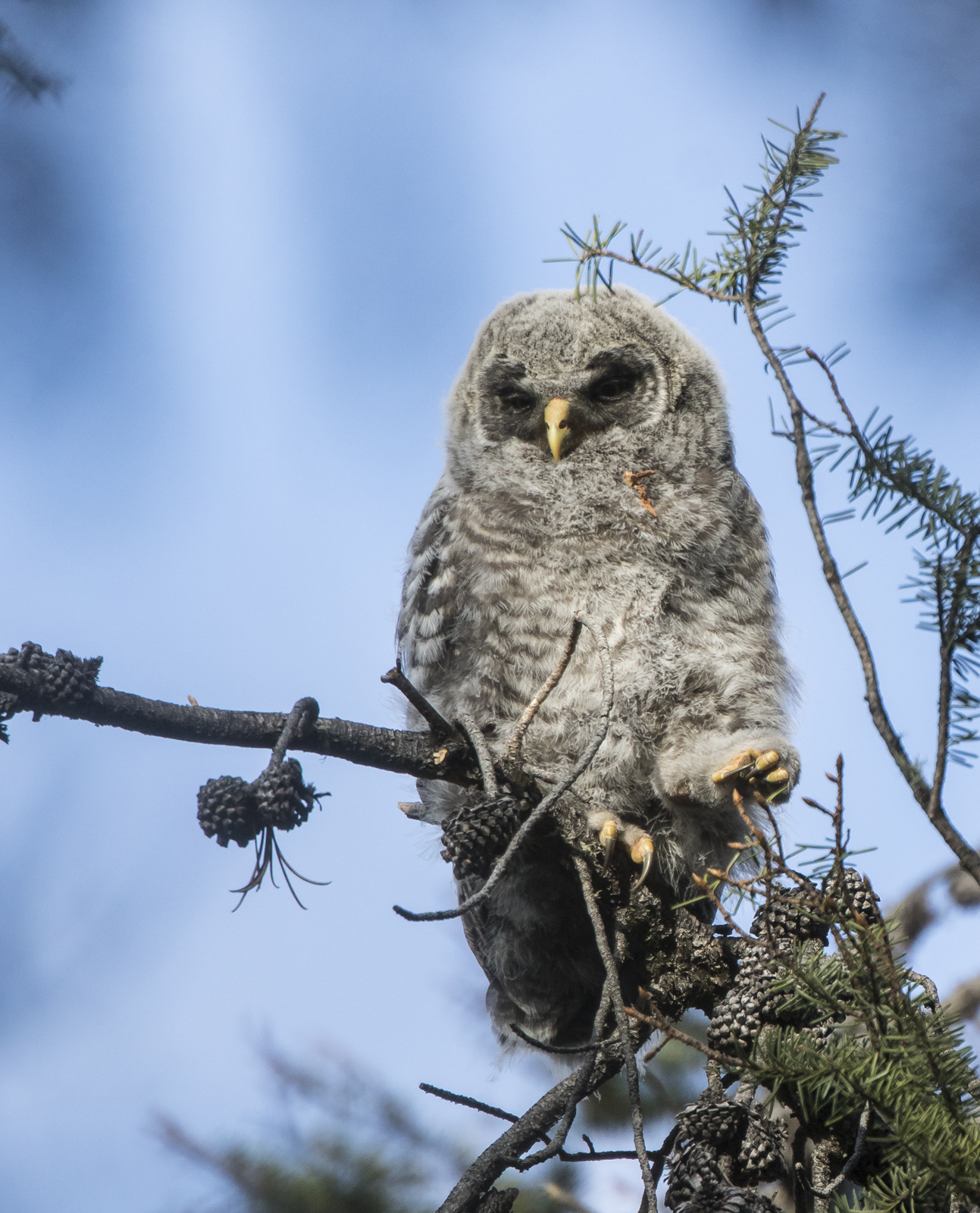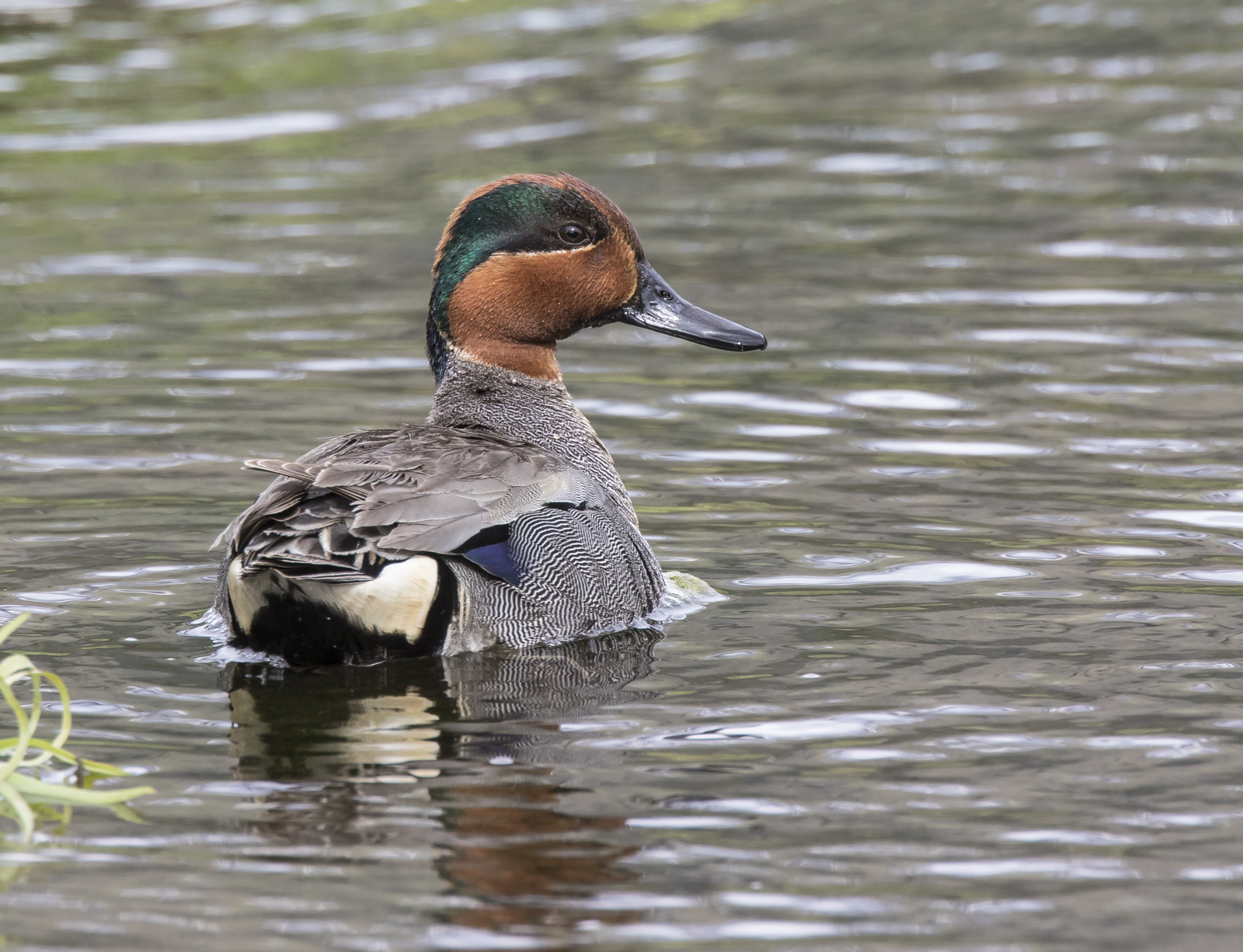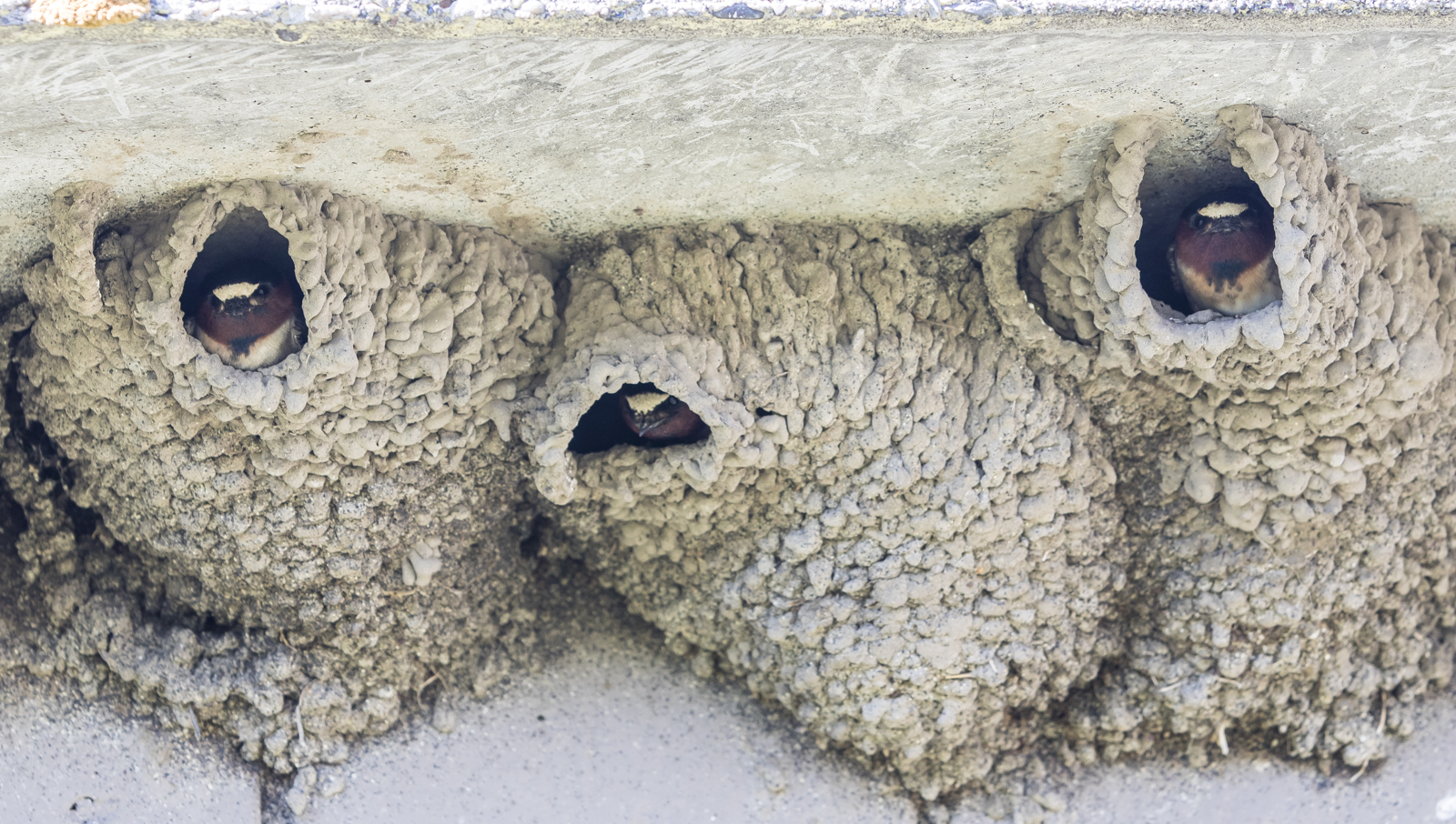If the earth is a mother, then rivers are her veins.
~Amit Kalantri
After Bear River, we knew it was time to point the truck eastward and start the long trek home (but with plenty of stops still). We charted a course for Medicine Bow National Forest in Wyoming where we had camped on previous trips. We stopped at a great visitor center in the town of Green River to ask some questions about the area. In addition to some good tips on camping and a new (for us) wildlife refuge, we learned that this area is considered the “trona capital of the world”. I had to have it explained to me…trona is a mineral that is processed into soda ash or bicarbonate of soda (baking soda). It is also used to make baking powder and a whole range of other products from glass to detergents. It may also be important for the future of electric vehicle batteries and solar panels. Wyoming has the world’s largest deposit of trona, supplying about 90% of the nation’s soda ash. This mineral is Wyoming’s top export and is shipped to markets worldwide.
We learned about Seedskadee NWR, just a short drive from the town. The name is from the Crow tribe and means “river of the prairie hen” (which is another name for the Sage Grouse). We drove 20+ miles out to the refuge on a straight road passing through nothing but sagebrush steppe – a dry, flat landscape that dominates much of Wyoming. We finally came to the refuge and sptted a winding green ribbon – the corridor of the Green River (the same river we had camped next to in Dinosaur NM). The Green River courses 730 miles as it flows through Wyoming, Utah, and part of Colorado before joining the Colorado River (and it is that river’s major tributary).

-The view of a distant Green River from a rise in the sagebrush country of Seedskadee NWR (click photos to enlarge)

-A stop at the amazing visitor center and a productive chat with the helpful refuge manager set us up to expect some of our first western megafauna of the trip including this Pronghorn buck. Unusually deep snow and frigid temperatures this past winter and early spring had killed many animals, especially the Pronghorn. We also saw a dead Porcupine in a tree when we first drove into the refuge. A big surprise was the number of Moose that called this refuge home.

-Another big surprise was seeing this – a Canada Goose nest high in a tree along the river. The refuge manage said it was not uncommon to see geese nesting in trees out here – a first for both of us.
After a short drive on the auto tour road we decided to look for our campsite in one of a few Bureau of Land Management (BLM) campgrounds along the river upstream of the refuge. We could have camped anywhere on the BLM lands, but we thought a campsite at a campground along the river might be preferable to a dispersed site in the sagebrush flats…and we were right it turns out. We opted for the Weeping Rocks campground along the river opposite a long high bluff. The cliffs were alive with Cliff Swallows beginning to nest.

-A smattering of Cliff Swallow nests on the cliff across the river from our campsite

-The view of the cliff. I sat at our site watching the swallows and the occasional Common Merganser that swam or flew by, when suddenly, I noticed something in a shallow hollow on the cliff face. Do you see it, just to the left of center in this picture?

-A Great Horned Owl resting on the edge of a small overhang on the cliff! I quickly grabbed the big telephoto and walked out on the beach for a better view. Another camper with a telephoto lens came out and said his wife had somehow spotted the owl earlier in the day

-As the sun lowered in the west, the golden light flooded the area with the owl. Notice the Cliff Swallow nest just below. These images were shot with an equivalent 700mm lens and heavily cropped.

-The owl was pretty relaxed but did watch things down below. I assumed it was looking at the many swallows flying to their nests nearby.

-Then I noticed something with my binoculars down below the perched owl, right along the river. At first, I thought it was an owl chick, maybe a dead one. Click on the photo and see what you think…(my thoughts below)

-As I was studying the blob on the rock, a fledgling Great Horned Owl suddenly jumped up on the rock next to it, and by the time I got the camera up, it flew a short distance down to a flat area just above the river. I looked up at the adult, and it was looking down at its chick. Maybe it had been watching it all along. After studying the blob some more at high magnification, I think it might be the remains of a prey item or some mammal that washed ashore after drowning because it looks more like fur than feathers.

-The owl chick did what fledgling owls are supposed to do when they leave the nest – it found a “leaner” and climbed it, in this case some boulders. This behavior helps get them off the ground a bit and safer from potential predators.

-The young owl continued hopping and climbing until it got to the highest point along its route, where it sheltered in place for the rest of the evening, glaring at anything that dared to move in our campground. I must admit, we both spent a couple of hours watching every move the two owls made. It was an incredibly beautiful scene in this picturesque landscape. I had hoped to see the adult leave for its evening hunt, but it did it as I was at the truck getting dinner (naturally). We did hear it hoot a couple of times, but only the one owl, so we wondered what had happened to its mate.

-The next morning I scanned the cliff face and down by the river. Neither the adult nor the fledgling were in sight in the same area. I scanned all along the cliff and was delighted to find a pair of adult owls on another ledge about a hundred yards from the one the previous night. Though we never did see the young bird again, we hope its parents were able to care for it (and maybe any siblings that might still be alive). It looked like a very hazardous place to be an inexperienced owl chick though as the river was fairly wide and very swift at this cliff face.

-We drove back through the refuge after leaving the campground in hopes of seeing Moose. No luck on that, but we did see lots of birds, like this Swainson’s Hawk, one of many we saw on our trip.

-A nice Bald Eagle nest along the river

-And yet another Great Horned Owl nest, this one very far off with three chicks in it. The river corridor seems like a good place to raise a family here in the sage steppe country.

-A male Red-winged Blackbird proclaiming his ownership of this territory

-Another Yellow Warbler. After way too many pictures with twigs blocking part of my photo, the bird finally came out in the clear for a couple of shots and the early morning light was fantastic.

-A Horned Lark alongside the road showing off his tiny “horns”. The “horns” are actually small tufts of black feathers (more prominent on males). During the breeding season, he can raise and lower them to attract females…Melissa, did it work? (photo by Melissa Dowland).
After leaving the refuge, we headed to Medicine Bow NF, looking for the high mountain landscape that appeals to us a bit more (although the sagebrush country is beginning to grow on us, especially after listening to an excellent podcast series called Grouse about the Greater Sage-grouse and the people and the land that make it the most controversial bird in the west- check it out).

-Melissa worked her magic again and found a forest service road with multiple options for scenic camping. We finally picked a site just off the road with a great view of distant mountains and some wonderful rock outcrops nearby (and a Black Bear track and lots of Elk scat right in our site).

-The sunset was amazing, and after dark we heard an unusual call,. It turned out to be a Common Poorwill, the western cousin of the Eastern Whip-poor-will and Chuck-will’s-widow. It was accompanied by the constant tooting of a nearby Northern Saw-whet Owl.
It had been a spectacular evening high in the mountains with patches of snow and beautiful wildflowers beginning to bloom. Next stop – South Dakota – we were headed for the Badlands (coming in the next post).




































